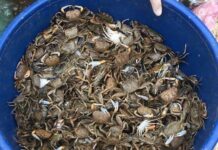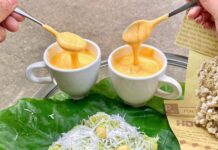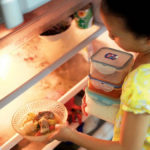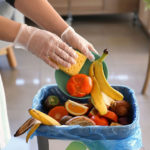If you’ve ever watched Chinese historical dramas, you’re probably familiar with the imagery of emperors dining on a table filled with a variety of delicious dishes. As the most powerful figure, the emperor’s meals were meticulously curated, especially when it came to food and drink.
Each dynasty had its own standards for imperial meals. For example, in the Ming Dynasty, Emperor Zhu Yuanzhang required each meal to have large pieces of meat. In the Qing Dynasty, the emperor’s standards for each meal increased to include 4 main dishes and 2 types of soup or porridge.
In addition to dishes made from chicken, duck, goose, pork, fish, and seasonal vegetables as the main courses, there were also delicacies like shark fin and exotic fruits.

The Emperor’s Chinese Banquets Consisted of Over 100 Courses
Pu Yi, the last emperor of the Qing Dynasty, revealed a shocking truth in his famous memoir “From Emperor to Citizen.” He disclosed that around 15,000 taels of silver were spent annually on food and drink during his reign.
The high expenses were due to the regulations set by the Qing Dynasty for imperial meals. Specifically, the emperor’s table had to have 120 dishes, the empress had 96, and the concubines had 64.
The emperor had to follow a series of elaborate protocols during meals and was not allowed to freely indulge in his preferences. He could only have a maximum of 3 bites per dish. This ensured that the emperor’s preferences remained undisclosed and protected him from poisoning attempts.
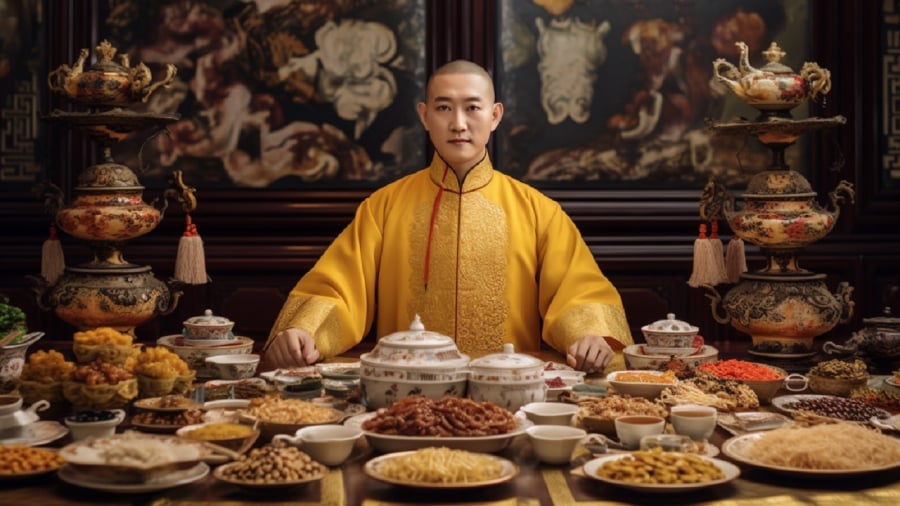
As a result, there would be a considerable amount of leftover food. According to Pu Yi, there were two common methods for handling the leftovers.
The first involved the eunuchs giving the leftovers as rewards to concubines or officials, mainly to favored consorts or high-ranking officials. It was considered a great honor for them.
The second method involved the palace maids and eunuchs. However, the ancient emperors were unaware of this method of dealing with the leftover food.
In reality, if the food was not specifically designated for someone, it became the target of competition among the palace maids and eunuchs. They would secretly hide the leftover food from the emperor and sell it to the large restaurants outside the palace.
Since the emperor only took 3 bites of each dish and some even remained untouched, it was difficult to tell that they were leftovers. The culinary skills of the Imperial Kitchen were undoubtedly exceptional. Even if the prices were high, these leftover dishes were still in high demand.
“4 Tips to Avoid Wasting Food at Home”
A recent survey conducted by Electrolux in the Asia-Pacific region has revealed an alarming statistic: a majority of households in Vietnam are discarding an average of 2 plates of food each week. The survey, conducted by the renowned home appliance brand, found that 87% of households are engaging in this needless waste.
How to Cut Down Food Waste with Kids in the Home
As parents, we know that the struggle of getting children to eat their meals is real. But with a few tricks up your sleeve, you can make sure those leftovers don’t go to waste. Here are some tips on how to make the most of your meals and avoid picky eating habits.























